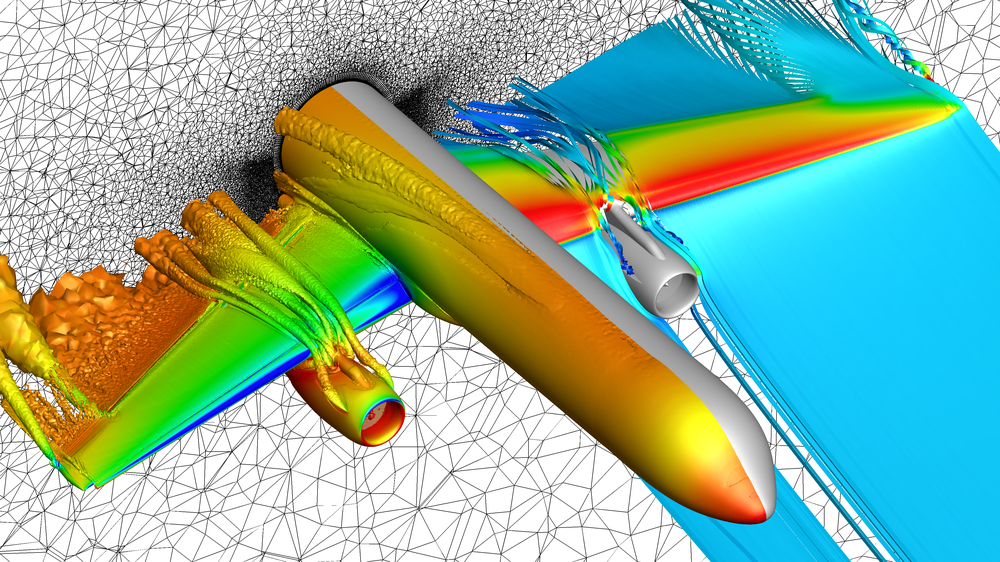Transport Aircraft Department

Advanced technologies for the efficient and climate-neutral aircraft of tomorrow
Our research activities in the Transport Aircraft department focus on advanced flight physic technologies and their integration in order to push efficiency limits and to minimize the environmental impact of aircraft.
Competencies
Key competence areas are wing and overall aircraft design, drag reduction, integration of advanced propulsion systems, and design of multifunctional flap systems for high lift, load alleviation, and flight control. Drag reduction addresses natural and hybrid laminar flow control supported by in-depth shape and design knowledge for the development and integration of HLFC suction systems. We expand our profound understanding of the integration of ducted and unducted engines towards the integration of novel propulsion systems to elaborate optimized installation solutions featuring distributed and hybrid-electric propulsion and boundary layer ingestion. We further mature active flow control technologies to advance separation control on high-lift devices, moveables, vertical tail planes, and for novel integration strategies of propulsion systems. Especially efficient high aspect ratios wings are subject of strong aeroelastic interactions. Therefore, we design and optimize configurations and aircraft components, such as winglets, and in a fully multidisciplinary approach while considering real world aircraft constraints. For this purpose, we apply in-house analysis methods and contribute to the development of advanced robust single- and multidisciplinary design and optimization tools. To validate and demonstrate novel technologies and configurations, we utilize wind tunnel facilities and DLR’s flight test aircraft supported by DLR measurement systems development.
Main research topics
- Design of conventional and unconventional aircraft configurations focused on minimal energy consumption and environmental impact
- Design of military aircraft concepts and high-altitude platforms
- Design and multi-disciplinary optimization of airfoils, aircraft configurations and components with high accuracy numerical methods
- Analysis of aircraft configurations at the design point and for off-design with high accuracy numerical methods
- Development, analysis and integration of active flow control technologies with the goal of significant drag minimization and performance improvements
- Design and analysis of technologies for high-lift systems and aerodynamic load control
- Analysis and design of engine/airframe integration for minimum drag
- Design and analysis of unconventional propulsion concepts, such as distributed propulsion and boundary layer ingestion
- Further development of numerical design methods
- Development of measurement techniques for wind tunnel and flight tests (MEMS pressure measurement techniques, infrared thermography, in-flight data analysis)
- Planning and execution of sophisticated wind tunnel and flight tests for the purpose of validation of numerical methods and technologies
- Hardware qualification according to airworthiness requirements for flight testing within the framework of the DLR design organization
